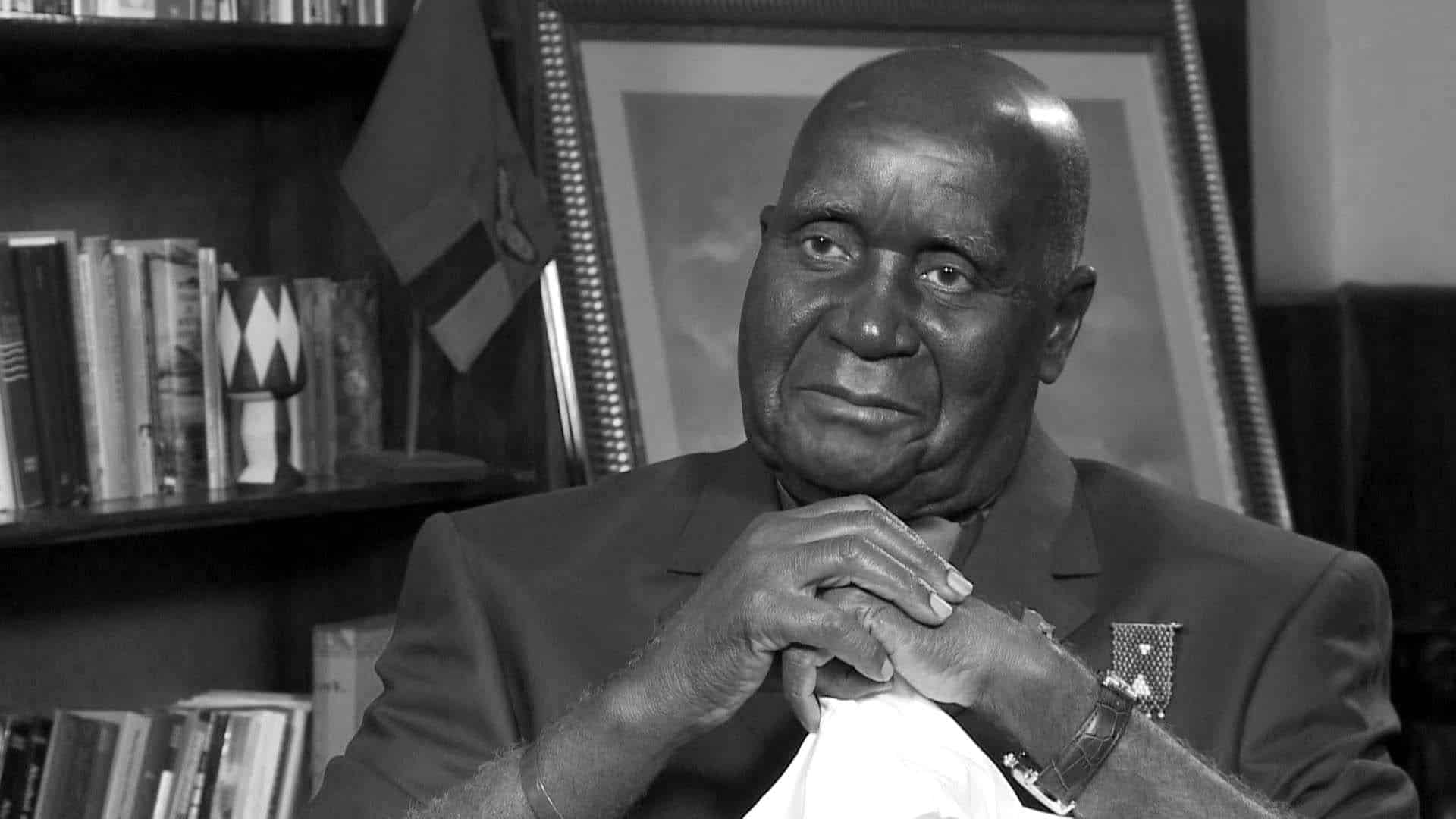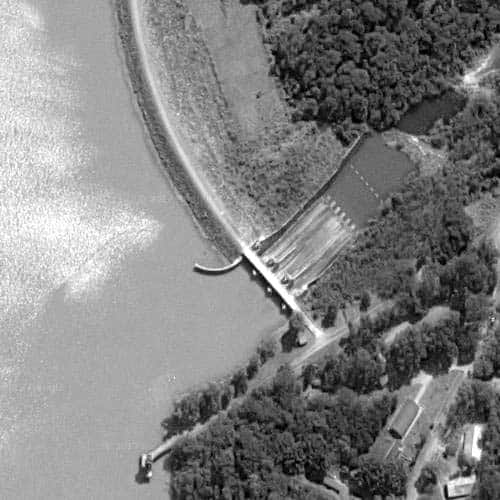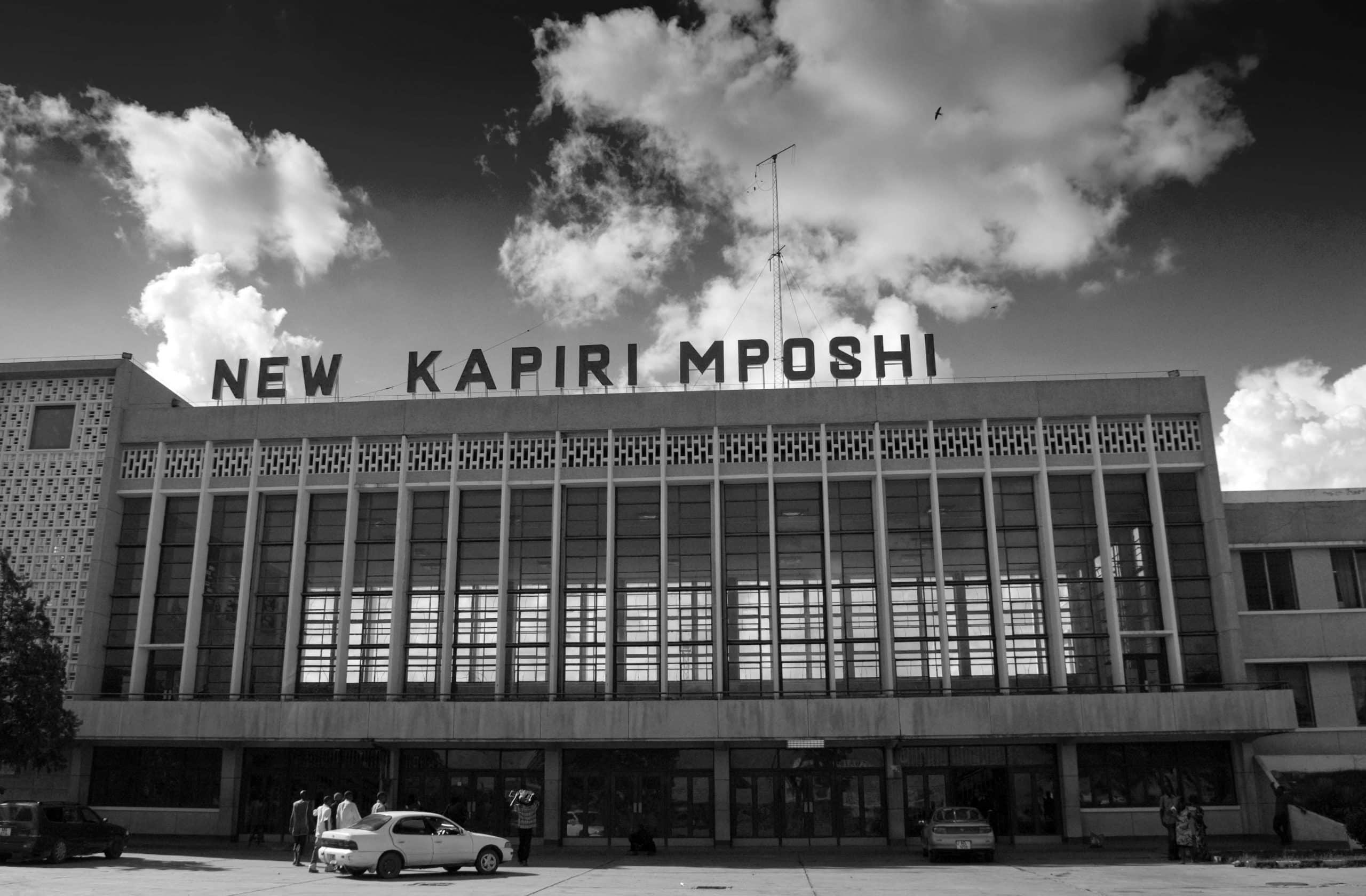Historical Background of TAZARA (Tanzania-Zambia Railway Authority) – Things You Need to Know
How TAZARA Railway Started
The TAZARA railway history starts with the idea of connecting Central and Southern Africa with the east coast via the railway line dates back to 1947. Tanganyika (now Tanzania) and Northern Rhodesia (now Zambia) have long aspired to promote agriculture in their vast areas, especially in the South West of Tanganyika and North East of Northern Rhodesia. In the case of Tanganyika, these plans had been in deliberation for several years while in

the case of Northern Rhodesia the proposal was starting to gain popularity and support in 1963 due to the efforts of Dr Kenneth Kaunda who was its proponent. Earlier, the colonists had conducted several studies on the proposition and almost all had declared that the proposed railway line was not economically viable. These declarations were made during the liberation movement and was influenced by political agendas. The colonists dreaded the anticipated impact of railway line on their interests in the area.
Ian Smith’s Role in Triggering Action
On November 11, 1965, the Ian Smith regime in Rhodesia (presently Zimbabwe), whose Rhodesian Front party resisted the transition to a black majority leadership in the self-governing British colony, declared independence from British rule. The Unilateral Declaration of Independence (known as UDI) had several implications for the region. First, the UDI fueled the fight for liberation in which Zambia was at the forefront. As a landlocked country, the Smith administration tried to harass Zambia into opting out of the struggle for independence by cutting the only route that enabled it to access the sea – roads and railways connecting Zambia to the South African seaports via Rhodesia. Leaders from the neighboring countries such as the late Mwalimu Julius Nyerere from Tanzania and Dr Kenneth Kaunda from Zambia who knew about Zambia’s dependence on the route to South African ports and its repercussions saw that the northeastern railway line was the only way for Zambia to sustain its economic and political freedom. Therefore, Ian Smith’s UDI intensified the liberation struggle and even accelerated the swiftness with which the TAZARA project was completed.
How Did China Got Involved in TAZARA and Helping to Eliminate Challenges
Zambia and Tanzania were interested in building TAZARA. However, it was evident that the big project would be capital intensive. The West was initially considered for help in building the railtrack but unsurprisingly rejected the idea, asserting that “the plan was not economically viable”. The World Bank shared the Western point of view thus closing off any hope of getting support from them. Under the leadership of the deceased Chairman Mao Tse-Tung, The Government of the People’s Republic of China agreed to finance the project upon being approached. The Chinese government saw the great importance of the railway system and therefore agreed to fund the project to its completion. The Chinese agreed to provide funding for construction, laborers and equipment, as well as buildings, seminars, training schools and much-needed infrastructure.
Agreement Signed for the TAZARA Train From Tanzania to Zambia
On September 5, 1967, the governments of the three countries (China, Zambia and Tanzania) came to an agreement in Beijing regarding

the TAZARA Construction. Originally, the railway was intended to begin in Kidatu in Tanzania (TAZARA Tanzania side) and stretch all the way to Kampoyo in Zambia.
TAZARA has been Established
The Tanzania-Zambia Railway Authority (TAZARA) was founded in March 1968 after which surveying and architectural work began in October 1968 and ended in May 1970. The Chinese study made complimentary suggestions, which dismissed all findings of previous studies. By that time, a conclusion had been made that the TAZARA railway station Dar es Salaam Tanzania will be the starting point and stretch all the way to Kapiri Mposhi.
China Offers Loan Without Interest
In July 1970, China provided Tanzania and Zambia with a loan that is interest-free to be repaid in thirty years to a total of 988 million Yuan. This was to cover the cost of building the rail line, the supporting infrastructure of the stations and the Training Center School in addition to the supply of motive power and rolling stock.
TAZARA Railway Construction Begins
The construction commenced in October 1970. The reigning presidents of Zambia and Tanzania, Dr Kenneth Kaunda and the late Mwalimu Julius Nyerere respectively, officially launched the start of the project at Dar es Salaam in Tanzania and Kapiri Mposhi in Zambia. This was the start of one of the best engineering work ever done by the Chinese in Africa.
TAZARA Railway Map
Passing Through Inhospitable Terrain
In a year, the rail construction had reached Mlimba, which is some 502 km from Dar es Salaam. Later, for one more year, construction went through an extremely difficult part of the rail track. This is a 158 km Mlimba – Makambako portion, which has a complex landscape. Work in this area alone included the removal of 20 million cubic meters of soil (approximately a quarter of the entire railway construction), it involved the building of 46 bridges with a length of 4,100 meters, 18 tunnels summing up to 8,253 meters and 362 canals totaling 11,710 meters.
Construction Crosses Border
The rail line transversed the Tanzanian border from Tunduma to Zambia at Nakonde in August 1973. Following the encounter at the Mlimba / Makambako section, the construction in Zambia was relatively easier due to uncomplicated land features such that by June 1975, the railway reached Kapiri -Mposhi, two years earlier than the scheduled time. The pilot activities continued for one year until the full operations commenced on 14th July 1976, after TAZARA was formally handed to Tanzania and Zambia by the Government of the People‘s Republic of China.

Engineering Setbacks
The engineering challenges encountered in the construction of the 1,860kilometre-long railway line were enormous. It is difficult to comprehend the level of bravery and ingenuity shown by both the Chinese engineers and staff and the people of Tanzania and Zambia, who collaborated with the Chinese in the construction of this outstanding railway. The harsh environment on which the rail track had to pass on several occasions did not dishearten them. Eventually, when the TAZARA railway line was completed, nearly 89 million cubic meters of land and rock had to be moved, 22 tunnels,320 bridges, and 2,225 canals were constructed. And finally the TAZARA train could start running.
Powerful Heroic Work
At the peak of construction, the labor force increased to 38,000 Zambian and Tanzanian workers and 13,500 Technical and Engineering Chinese workers. More than 160 workers, including 64 Chinese, perished during the construction period of the railway.
For a detailed history of railway in Tanzania, checkout our other article “History of Rail Transport in Tanzania (Mainland)“. And if interested to explore more articles on travel click here!




























